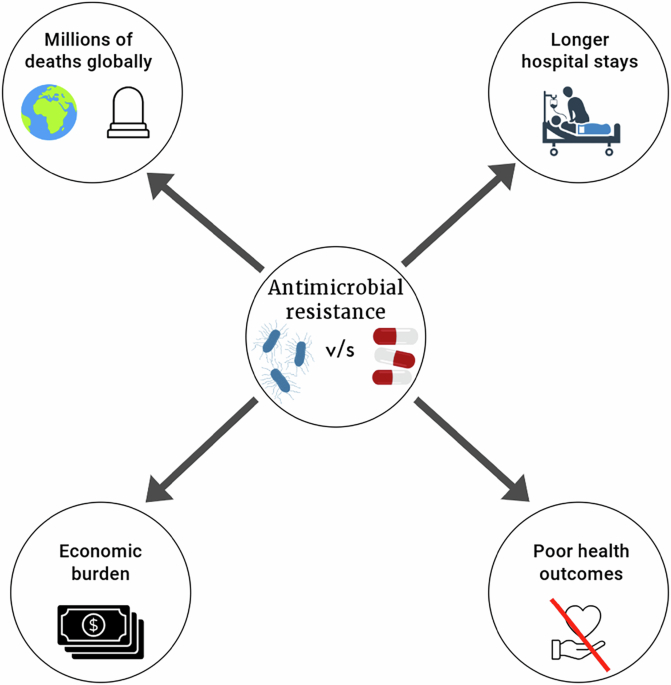Global Veterinary Vaccines Market Poised for Strong Growth to reach USD 15,632.4 Million by 2034 Amid Rising P
The global veterinary vaccines market is on a significant upward trajectory, projected to reach USD 9,433.9 million in 2024 and is anticipated to expand at a CAGR of 5.2% through 2034. By the end of the forecast period, the market is expected to hit an impressive USD 15,632.4 million, driven by a combination of increased pet ownership, higher spending on animal health, and robust investments in research and development.
The surge in global pet adoption and ownership—particularly of dogs, cats, birds, and other companion animals—is fueling the demand for advanced healthcare solutions. As pet parents increasingly view their animals as integral members of the family, they are prioritizing quality care, nutritious food, and preventative treatments. This behavioral shift is a major contributor to the rising need for safe, effective veterinary vaccines.
According to the American Pet Products Association, U.S. pet-related expenditures reached a staggering USD 147 billion in 2023, marking a 58% increase in spending year-over-year. This spike in pet care spending is creating lucrative opportunities for vaccine manufacturers and veterinary healthcare providers to deliver innovative solutions that align with the evolving needs of both pets and their owners.
One of the most notable drivers of growth in the veterinary vaccines market is the substantial investment in R&D by government bodies and private institutions alike. Governments in the U.S., the U.K., and the European Union are actively channeling resources into developing new and improved vaccines to combat common and emerging animal diseases.
Recent data from the Global AMR R&D Hub reveals that in 2021, 53 vaccine development projects received nearly USD 54 million in funding. Of this, the United States contributed approximately USD 19 million, the United Kingdom USD 18 million, and the EU USD 16 million. These contributions highlight a growing commitment to strengthening the global animal health infrastructure through advanced vaccine research.
Public research institutions and universities have been the primary beneficiaries of these investments, receiving about 33% each—equivalent to USD 23 million and USD 20 million, respectively. Public bodies accounted for 19% (USD 13 million), while the remaining 15% (USD 11 million) was allocated to industry players and private research facilities.
The infusion of funds across a wide range of stakeholders—including academic institutions, government laboratories, and private companies—has significantly boosted innovation in the veterinary vaccines market. These collaborative efforts are enabling the development of novel vaccine formulations, delivery methods, and production technologies, ultimately enhancing the effectiveness and accessibility of vaccines for both companion animals and livestock.
In addition to improving animal welfare, the development of vaccines is a key strategy in combating antimicrobial resistance (AMR), a growing concern in both human and animal healthcare. By reducing the need for antibiotics, effective vaccines can play a pivotal role in promoting sustainable and responsible veterinary practices.
Beyond the pet segment, the livestock sector also stands to benefit significantly from the advancements in veterinary vaccines. With the global demand for high-quality animal protein continuing to rise, ensuring the health of cattle, poultry, and swine through vaccination is becoming increasingly important.
Veterinary vaccines are essential not only for disease prevention but also for ensuring food safety, enhancing animal productivity, and reducing the economic burden of disease outbreaks on farmers. As governments and private enterprises collaborate to safeguard both animal and public health, the scope and scale of the veterinary vaccine market will continue to grow.
Looking ahead, the veterinary vaccines market is well-positioned for sustained expansion, underpinned by favorable regulatory support, increasing public awareness, and advancements in biotechnology. Emerging trends such as DNA-based vaccines, recombinant vaccines, and mRNA technology are expected to further revolutionize the field, offering safer, more targeted, and more effective solutions for a wide range of animal diseases.
Furthermore, with a rising focus on animal welfare and sustainability, the industry is aligning itself with global health goals that emphasize the “One Health” approach—recognizing the interconnection between people, animals, plants, and their shared environment.
The veterinary vaccines market is moderately consolidated, with a strong presence of leading manufacturers shaping the industry landscape. Major players are placing significant emphasis on product innovation, securing regulatory approvals, and launching novel vaccines to expand their market footprint.
These new product launches not only respond to evolving disease threats but also address the rising demand for more effective and advanced veterinary healthcare solutions. This strategy enables companies to reinforce their competitive positioning and cater to the dynamic needs of the global animal health sector.
In terms of technology, the industry is segregated into attenuated live vaccines technology, inactivated vaccines technology, subunit vaccines technology, toxoid vaccines technology, and DNA vaccines technology
In terms of animal, the industry is segregated into companion animals (canine, avian, and feline), livestock animals [ruminants, camels, sheep, goats, poultry (breeders, broilers, and layers), equine, bovine, porcine], and aquaculture.
In terms of disease indication, the industry is segregated into Foot & Mouth Disease (FMD), Newcastle Disease, Porcine Reproductive & Respiratory Syndrome (PRRS), Canine Parvovirus, Brucellosis, Avian Influenza, and others
In terms of distribution channel, the industry is segmented into veterinary hospital pharmacies, veterinary clinics, retail pharmacies, and online pharmacies.
Key countries of North America, Latin America, East Asia, South Asia & Pacific, Western Europe, Eastern Europe, Central Asia, Russia & Belarus, Balkan & Baltic Countries, and Middle East & Africa have been covered in the report.
About Future Market Insights (FMI)
Future Market Insights, Inc. (ESOMAR certified, recipient of the Stevie Award, and a member of the Greater New York Chamber of Commerce) offers profound insights into the driving factors that are boosting demand in the market. FMI stands as the leading global provider of market intelligence, advisory services, consulting, and events for the Packaging, Food and Beverage, Consumer Technology, Healthcare, Industrial, and Chemicals markets. With a vast team of over 400 analysts worldwide, FMI provides global, regional, and local expertise on diverse domains and industry trends across more than 110 countries.
Contact Us:
Future Market Insights Inc.
Christiana Corporate, 200 Continental Drive,
Suite 401, Newark, Delaware – 19713, USA
T: +1-347-918-3531
For Sales Enquiries: [email protected]
Website: https://www.futuremarketinsights.com
LinkedIn| Twitter| Blogs | YouTube







